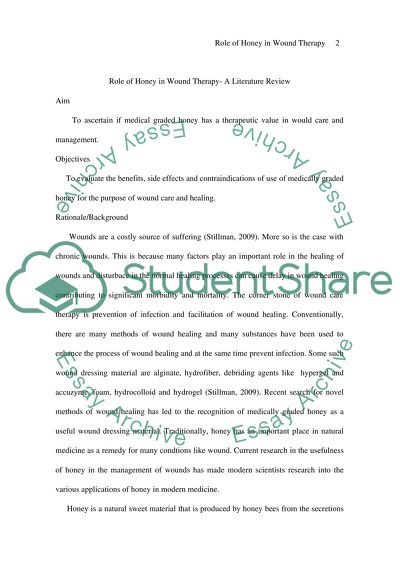Cite this document
(“Has Medical graded Honey a proven therapeutic value on wound care Essay”, n.d.)
Has Medical graded Honey a proven therapeutic value on wound care Essay. Retrieved from https://studentshare.org/health-sciences-medicine/1558717-has-medical-graded-honey-a-proven-therapeutic-value-on-wound-care
Has Medical graded Honey a proven therapeutic value on wound care Essay. Retrieved from https://studentshare.org/health-sciences-medicine/1558717-has-medical-graded-honey-a-proven-therapeutic-value-on-wound-care
(Has Medical Graded Honey a Proven Therapeutic Value on Wound Care Essay)
Has Medical Graded Honey a Proven Therapeutic Value on Wound Care Essay. https://studentshare.org/health-sciences-medicine/1558717-has-medical-graded-honey-a-proven-therapeutic-value-on-wound-care.
Has Medical Graded Honey a Proven Therapeutic Value on Wound Care Essay. https://studentshare.org/health-sciences-medicine/1558717-has-medical-graded-honey-a-proven-therapeutic-value-on-wound-care.
“Has Medical Graded Honey a Proven Therapeutic Value on Wound Care Essay”, n.d. https://studentshare.org/health-sciences-medicine/1558717-has-medical-graded-honey-a-proven-therapeutic-value-on-wound-care.


